One of the most egregious of these rules is: "Write nonfiction like fiction." I have read the work of writers who took this advice entirely too literally. They invariably produce personal essays and memoirs laden with self-conscious turns of phrase, excessively lyrical prose, and literary devices that transform what should have been an honest account into a parody.
Verisimilitude is the bedrock of fiction. The appearance of reality in fiction is absolutely necessary, because without it readers won't be able to identify with the characters in the story. Even for genres in which readers are required to suspend disbelief, such as fantasy and science fiction, the thoughts and emotions of the characters need to conform to what readers already know about how people operate in the real world.
"But ... but ... but..." (I can hear the objections now) "Write nonfiction like fiction" simply means that there should be an engrossing story line, well-developed characters, and that it should fully engage the reader! That is, in fact, a description of fiction. No, let me amend that. It's a description of good fiction. There is plenty of bad fiction out there that does none of those things. Conversely, there is plenty of nonfiction that does all of those things. The main difference is that unlike fiction, readers don't have to suspend disbelief. From the moment they open the book, they are ready and willing to believe that they are reading something that is actually true not merely like ("simil") the truth.
Good narrative nonfiction, because it is firmly grounded in real life, sticks with you. It expands your knowledge and brings people you have heard of (or perhaps not) to life, with all their quirks. (I will never forget that Winston Churchill wore pale pink silk underwear - a tantalizing detail I learned from Erik Larson's book, The Splendid and the Vile.) A well-written piece of narrative fiction not only expands your knowledge, it is immersive. You will feel as if you have personally experienced the London Blitz, or that you have visited the Black Sea. That quality of immersiveness is what makes good nonfiction unforgettable.
Of course, it also helps if the writer is skilled at storytelling, which is perhaps why so many narrative nonfiction writers have had early training as journalists. In journalism, writers must answer the basic questions: Who? What? When? Where? How? and (sometimes) Why? If those questions are answered in the right order, they combine to make a story. It's no accident that so many of our great novelists - Gabriel Garcia Marquez, Hemingway, and Mark Twain, to name a few - started as journalists.
But at the root of good storytelling is mystery. Wanting to know what happens next is what makes you turn the page. Whether it's fiction or nonfiction, any book you can't put down contains that vital element of mystery.
By reading good narrative nonfiction, fiction writers can learn a great deal about their craft. So, which nonfiction books contain all of the features essential to fiction: immersiveness, great story-telling, mystery, "characters" who come to life, believability, and, of course, beautiful writing?
Here are four books that fulfill those criteria.
1) The Poet and the Murderer: A True Story of Literary Crime and the Art of Forgery by Simon Worrall. If you don't think the forgery of an Emily Dickinson poem makes for a thrilling read, think again. (I have devoured this book twice, and the second time was just as luscious as the first.) Worrall (a British journalist) takes a deep dive into a forgery that turned the literary world upside down. Step by step, he follows the path of a forged poem until it ends with psychosis and murder. (Two things you would never think of associating with Emily Dickinson.) I learned a great deal about forgery from this book. But most important, I learned how to bring a dry topic to life.
This is how Worrall starts his book: "He thought he had gone under deep enough, but as he followed the curve of the letter m, he felt a momentary tremor like the distant rumbling of an earthquake." Now that is how to begin a book about a forger. (By the way, always read prologues. Don't skip them.)
Interestingly, in the fourth chapter of the book (aptly titled, Auction Artifice), Worrall quotes the forger as saying that deceiving people gave him "a sense of power." But the power of deception can only be achieved when people are willing to suspend disbelief. The reason forgeries find willing buyers is because the forgeries themselves are imbued with the stories people want to hear - an old woman who finds a letter written by Lincoln tucked in a picture frame in her attic, a man who comes across a signed first edition of Pride and Prejudice in a rummage sale. The possession of the object therefore comes fully endowed with a desirable story, which the owner now possesses as well. Perhaps, deceiving people through giving them a story they want to hear, and allowing them to "own" it, is the ultimate power wielded by fiction writers.
2) Nothing Is True and Everything Is Possible: The Surreal Heart of the New Russia by Peter Pomerantsev. I've read everything written by Pomerantsev and all I can say is that I wish he would write more. Pomerantsev is a consummate storyteller. This book explores the world of Russian reality TV in a way you will never forget. Pomerantsev, whose parents emigrated to England to avoid being sent to the gulag (ironically, for distributing Solzhenitsyn's The Gulag Archipelago), returned to Moscow to spend ten years working in Russian television, specifically reality TV. And what a ride it was! Professional hit men, Kremlin propagandists, the suspicious death of a supermodel, remote Siberian towns run by the Russian mafia...damn! This book took my breath away.
His second book, This Is Not Propaganda: Adventures in the War Against Reality, is also breathtaking. He begins each chapter with a gripping biographical section on his parents, told in third person. This is a literary device which was all the more effective because it was a true story.
What I learned from these books is not just how Russian TV propaganda works, but their applicability to our own television, which suffers no less from the war against reality.
3) The Devil in the White City: Murder, Magic, and Madness at the Fair That Changed America by Erik Larson. Any book by Erik Larson (who is, predictably, a journalist) is well worth reading. Each of Larson's books contains the magical alchemy of great storytelling, people you come to know intimately, and immersiveness. And I can guarantee you won't forget what you have learned from reading any o fhis books.
But among Larson's works, The Devil in the White City stands out as exemplary. The story is captivating. In addition, the writing is superb. Larson is no stranger to lyrical prose, which he uses only where it is essential. (I will never forget his description of the first skyscrapers: "the inaudible cry of overstressed steel.") And most important of all, this book has mystery. Weaving in and out of building the monumental Chicago world's fair in the face of natural disasters and catastrophe, there is the nail-biting story of hunting down a gruesome serial killer. And all of it is true.
4) I can also recommend The Black Sea by Neal Ascherson, another British journalist. This book is more than a history. Ascherson also includes his own experiences, including the time he just happened to be in Crimea during the coup against Gorbachev, who had been placed under house arrest in Crimea. (That was exciting!) I found the entire book to be captivating, not least because Ascherson is a superb writer. The history of this region is fascinating, and in the hands of a wonderful writer, it is unforgettable.
But let's not stop with nonfiction writers who are worthy of emulation. Here are two works of fiction that embody what is best about narrative nonfiction.
The Giant, O'brien by Hilary Mantel. Mantel, who sadly passed away recently, wrote several noteworthy works of historical fiction. But this book is unique. It is a marvelous combination of science (I learned a lot about surgery), fairy tales, Irish history, and the harsh realities of 18th century squalor. While fiction, this book incorporates the true story of John Hunter, England's most famous surgeon, anatomist, and advocate of the scientific method in medicine. Mantel did a careful job of researching this novel, and it shows. It's not only engrossing, it's perfectly credible.
Anthony Doerr is another writer whose prose is so transparent, so (seemingly) effortess, you are hardly aware that you are reading. Like good narrative nonfiction, his prose is natural, yet precise, and it never draws attention to itself. I've read, and loved, all of Doerr's work. But The Shell Collector is the story that embodies what is best about good narrative nonfiction. It is instantly believeable and as lovingly detailed as the shells which provide the story's anchor. Like Ascherson, Doerr has the ability to take you to another place so convincingly, you will think you've been there.

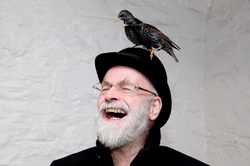
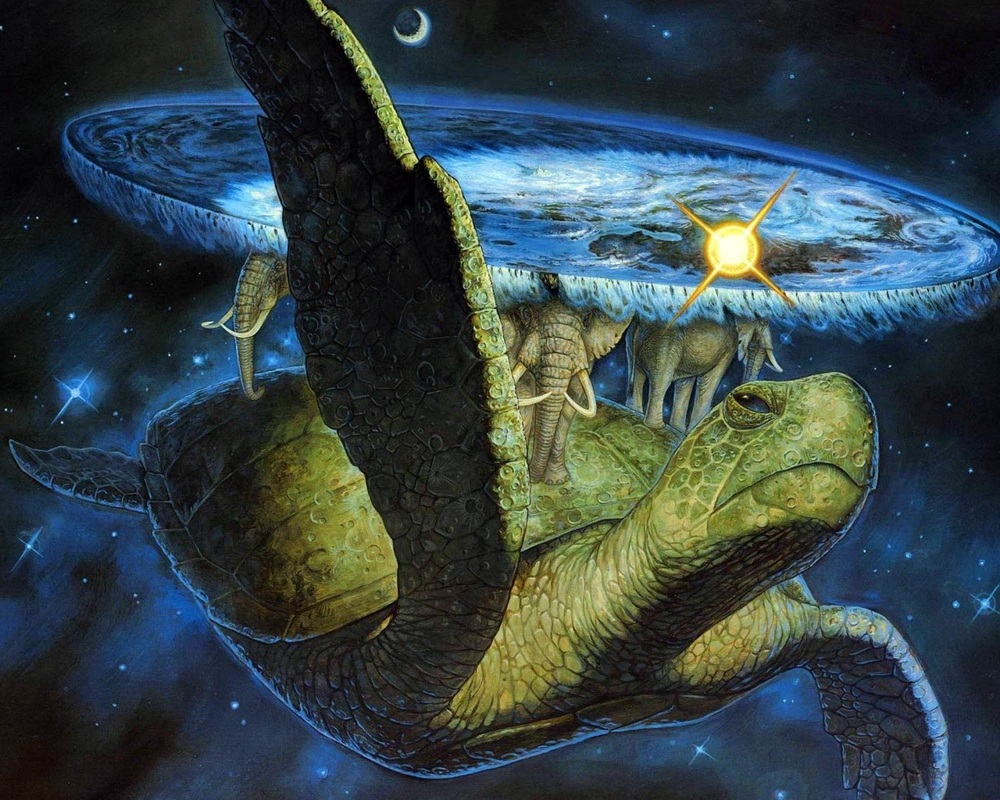
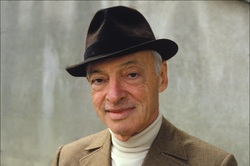


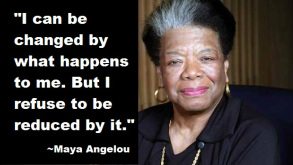
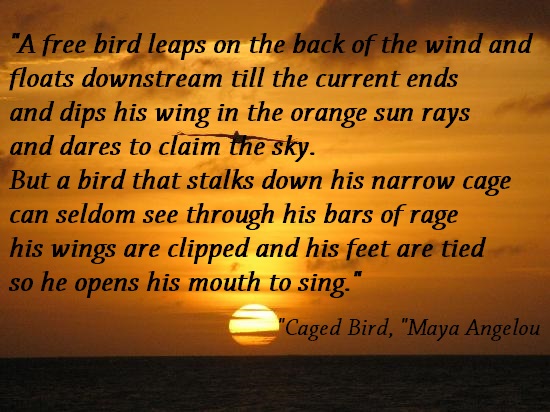

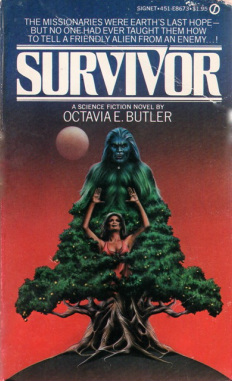
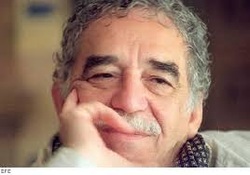

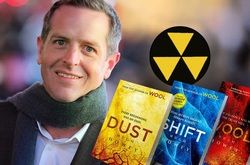
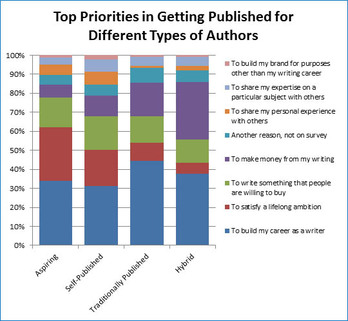
 RSS Feed
RSS Feed